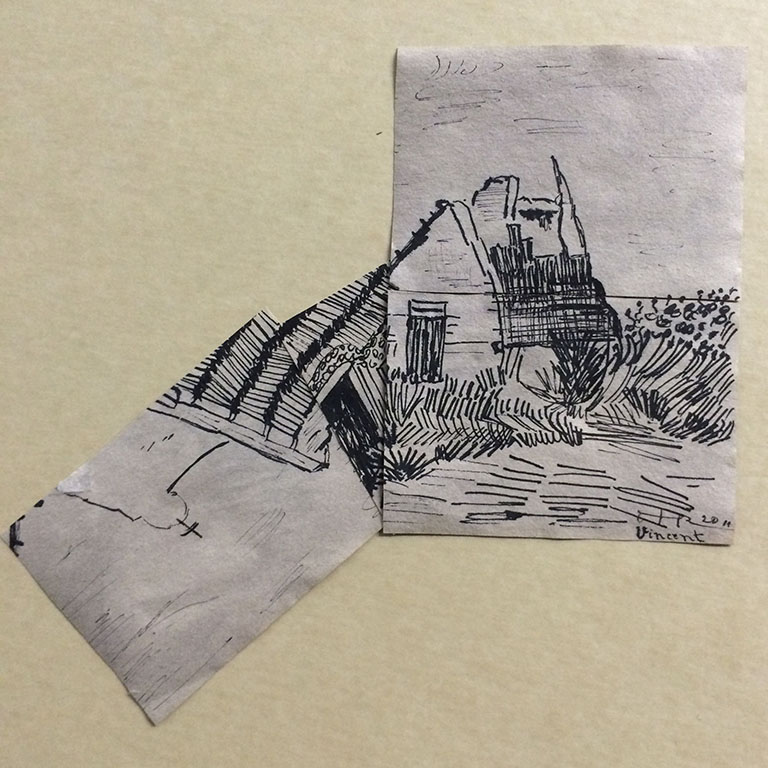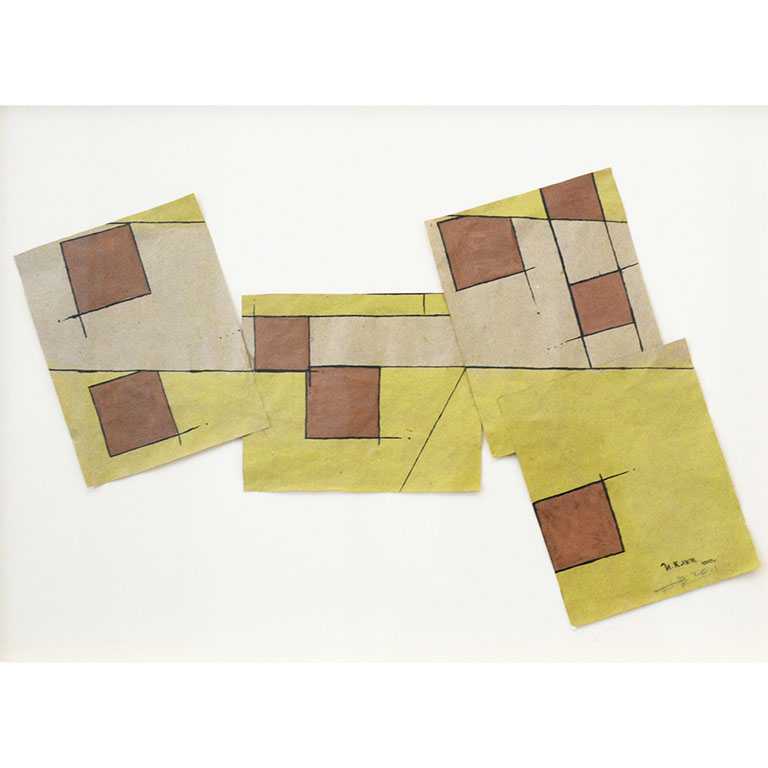COLLAGE
But that’s the tradition too: that you have to sacrifice in order to make new work. There’s something sacred about that sacrifice. One eats up one’s predecessors.
You take the language and you do violence to it. You create a new language–which artists do, and that language is readable, and that language is more significant than the original language you worked with. An artist takes language and violates it – wrenches it around in a way or simplifies it, radically simplifies it, and then you have this very new thing and it’s almost as if you have that language for the first time – these works speak to you more originally. You get their meaning in a way that before you would have glossed over.
Well that’s what the tradition is, how to usefully destroy the masters. It’s obviously how that’s done that matters. It’s what Aristotle was doing with Plato, what Nietzsche was doing to Hegel. It goes on and on.
That’s how one inherits. You have to rearrange or cut into the past and the traditions in some way in order to disrupt it and then reconstruct it later. But I think one is always doing violence to what comes before in some way. But is it productive? That’s the question.
—Herman Rapaport, 2014

van Gogh recycled, 2011 |

Popova recycled, 2010 |

Kliun recycled, 2011 |
|
van Gogh recycled, 2011 van Gogh ink on paper, date unknown; collage 2011 |
Popova Recycled, 2010 Popova watercolor on paper, 1916; collaged, 2010 |
Kliun Recycled, 2011 Kliun watercolor on paper, 1923; collaged, 2011. |